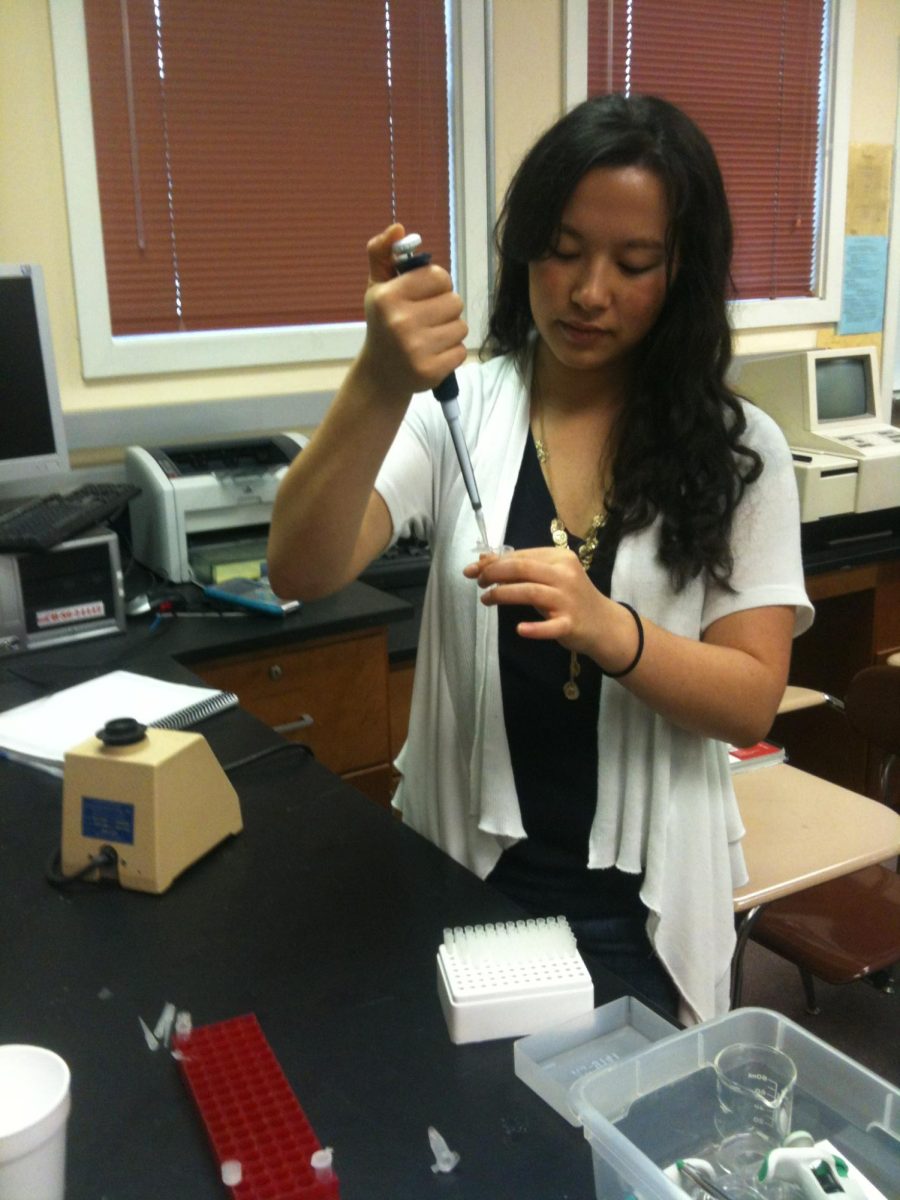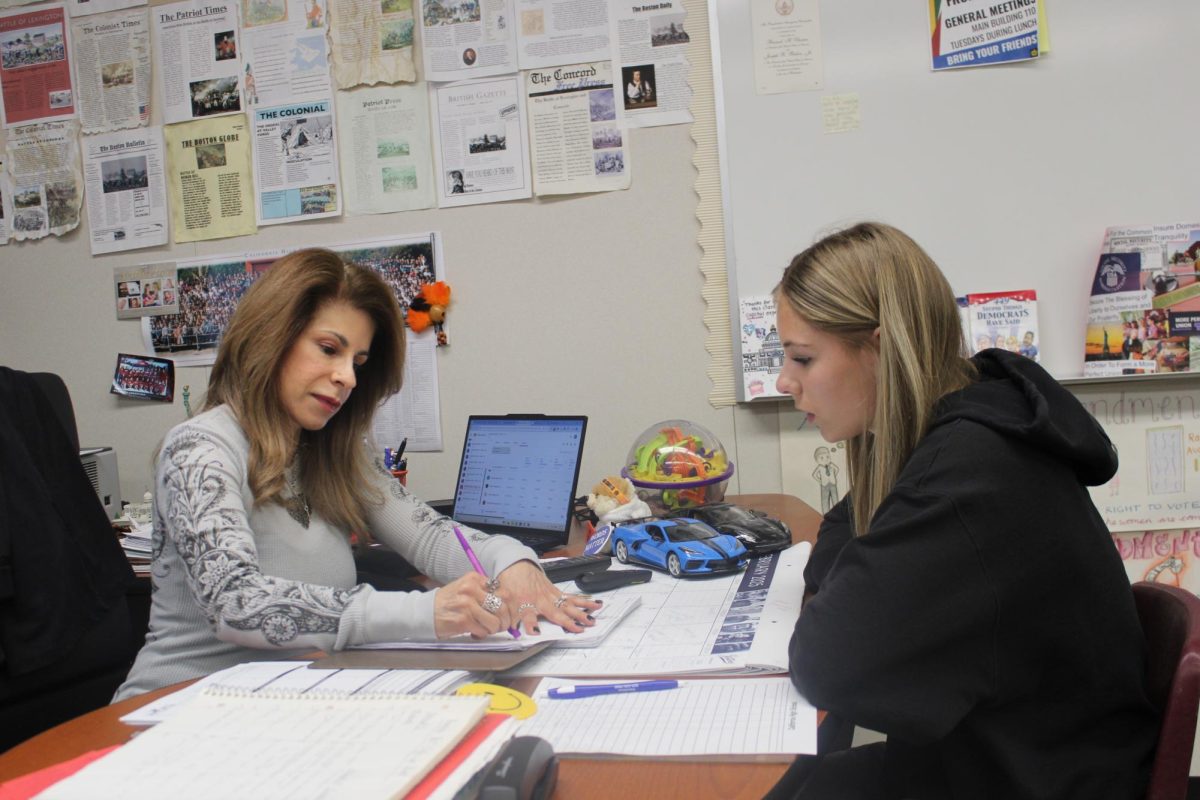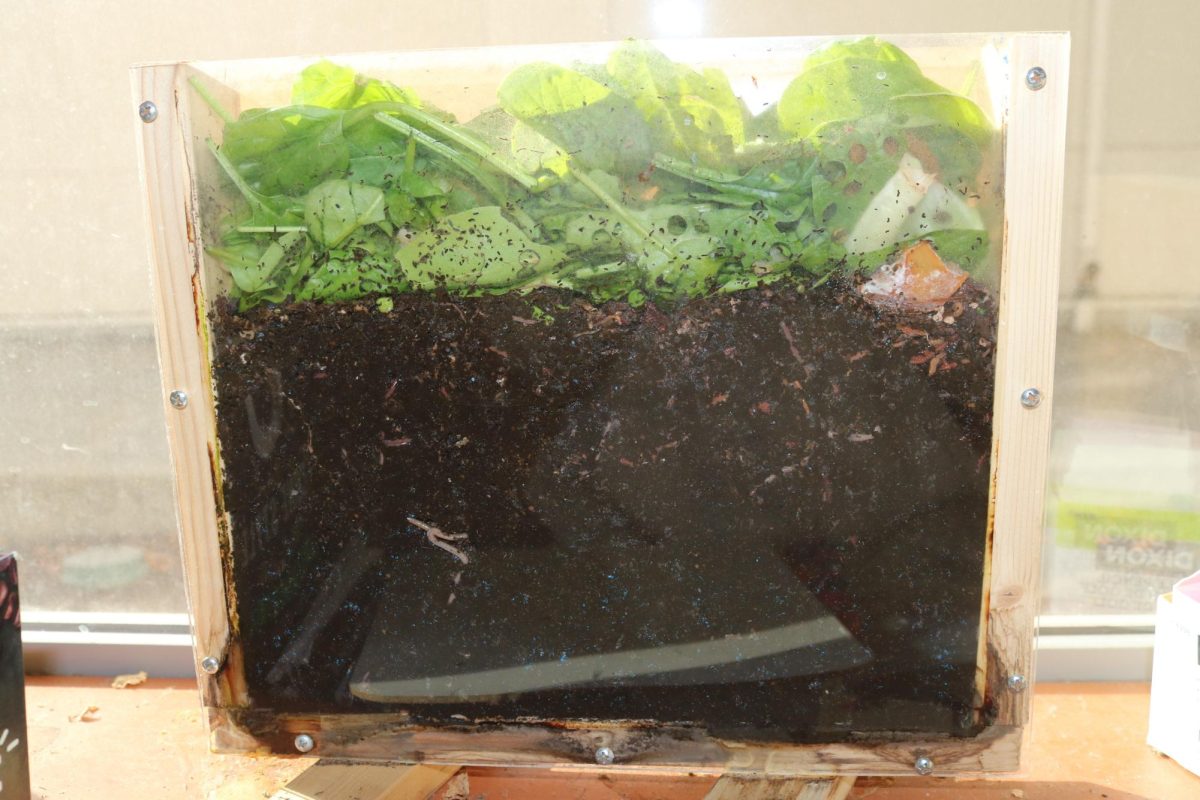Thanks to Cal High’s newly implemented detention system, students received detention if they missed their class before or after an AP test during the two weeks of testing earlier this month.
Students who missed class before or after an AP test received cuts because their absences are considered unexcused, according to the new policy. Every cut results in a 30-minute detention.
Parents who tried excusing students’ absences the day of AP tests needed to provide a medical note indicating the illness if they didn’t want the absence to be considered unexcused and a cut.
While this policy is not new, it is strictly being enforced this year because it works alongside the new detention system that took effect at the beginning of the second semester.
The new detention system automatically assigns a 30-minute detention for every five tardies or one cut. But because this is a new system students didn’t get detention in previous years for missing class before or after an AP exam.
It was largely disregarded in the past, but this year, students have been receiving cuts for any absences on the day of an AP exam.
Other high schools in San Ramon Valley Unified School District also follow this policy. The reason behind this policy is that students are required to be in school for a certain amount of instructional minutes per year, and low attendance can negatively impact school funding.
“If students aren’t on campus, whether it’s excused or not, that reduces the amount of funding that we get for […] ADA, average daily attendance,” Principal Demetrius Ball said.
ADA gets calculated at the end of each school year and then, based on what Cal’s attendance numbers are, the school receives a certain amount of funding the following school year, Ball said.
Many students disagree with the policy.
“After my AP test, I honestly just wanted to go home,” sophomore Aubrey Chan said. “I was too tired to focus on my class afterwards, and I think my time would have been better spent catching up on sleep.”
Many students further disliked the policy because they felt it took away from important time to study.
“It didn’t matter because either way during school I was trying to study for my next AP, so I honestly feel like the cut policy is not needed,” junior Kea Kawanabe said. “The school is taking away from time to study, so I feel like that’s unfair.”
But college and career coordinator Kathryn Nichols explained the policy, saying that if students were not actively taking an AP exam, they were expected to be in class because the cut rule is designed to prevent students from taking periods off without reason.
If students are genuinely ill, they are not meant to be at the AP exam, and late testing will be organized for them.
“If you are sick, you should not have been here for that test,” Nichols said. “You should have contacted us and then we look at having you set up for the late AP exam. There are a limited number of reasons why you are allowed to have an AP exam late and one of those reasons is that you are sick.”
Added math teacher Jatinder Singh, “I think if we can examine on a case-to-case basis, that would be good, but if a person is sick, they should not be taking a test anyways.”
Teachers are often comfortable with students missing class for an AP test, but they are still sensitive to the reasons regarding the implementation of this policy.
“I think if you have an AP test, it should be your only thing that day, so if you have a test in the afternoon, you should be able to sleep in, and if you have a test in the afternoon, you should be able to finish it and relax, in a perfect world,” teacher Troy Bristol said. “But also, it’s all about making sure people are present in school, and the school’s following rules.”
Students similarly are sympathetic to the school’s intentions but do not fully agree with the implementation of the policy.
“I see where they’re coming from,” junior Niyati Gupta said. “Attendance is obviously important, but after an AP test I can’t focus anyways, so I’m not really getting anything from being at school.”








